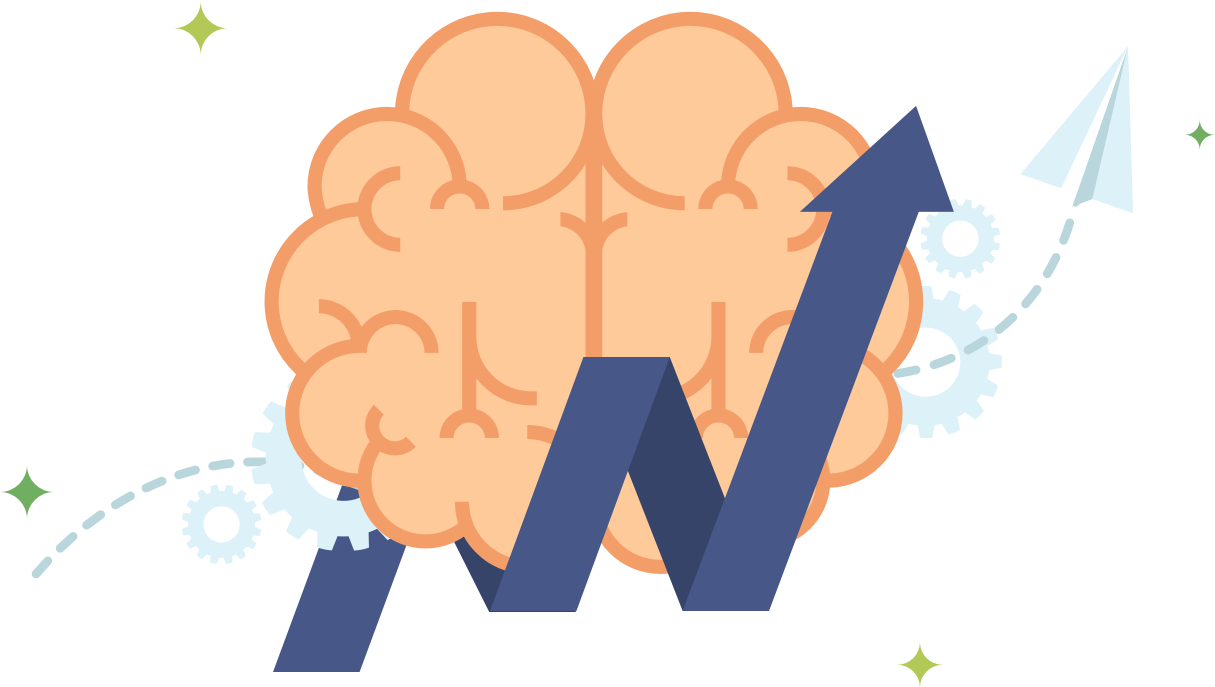Taking the Next Step
The study results were published in the journal Science in the summer of 1995, and were presented at a conference in November, which sparked an article in the New York Times. The public response was immediate and overwhelming.
“Something like 20,000 people tried to call Rutgers to get information, but we don’t know exactly how many because the phone banks blew up,” says Miller. “In the end, we took about 17,000 calls, and CNN covered it.”
Soon, Rutgers and UCSF, who jointly owned the technology and the ideas behind it, looked into licensing it for commercial use, but the quality of the licensing applicants was underwhelming.
“My view was, the companies and the kinds of software that were out there would not leverage the science correctly,” says Jenkins. “I saw a lot of edutainment software out there purporting to provide educational benefit, but the designs weren’t neuroscience-based. The science was so important and the potential was so big, it didn’t make sense to risk it not being done well.”
In early 1996, Merzenich, Tallal, Jenkins, and Miller formed Scientific Learning Corporation. The company began offering the Fast ForWord program to speech language professionals and school districts across North America, and expanded over time to more than 40 countries worldwide.
Today Scientific Learning continues to create educational software that accelerates learning by improving the processing efficiency of the brain.
The Fast ForWord® family of products provides struggling readers with computer-delivered exercises that build the cognitive skills required to read and learn effectively.
Scientific Learning Reading Assistant Plus™ is the only reading solution to combine advanced speech recognition technology with scientifically-based courseware to help students strengthen fluency, vocabulary and comprehension to become proficient, life-long readers.


